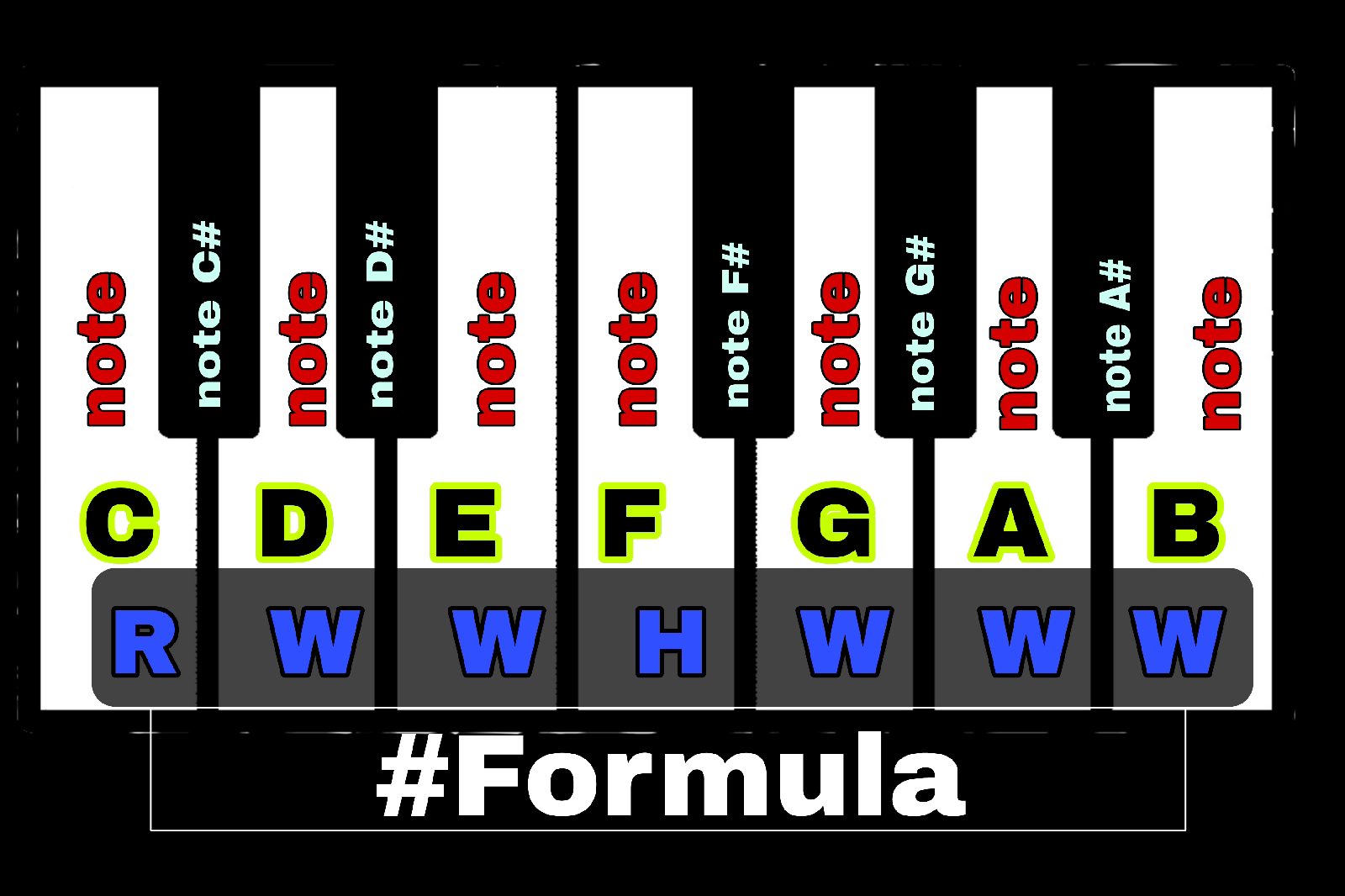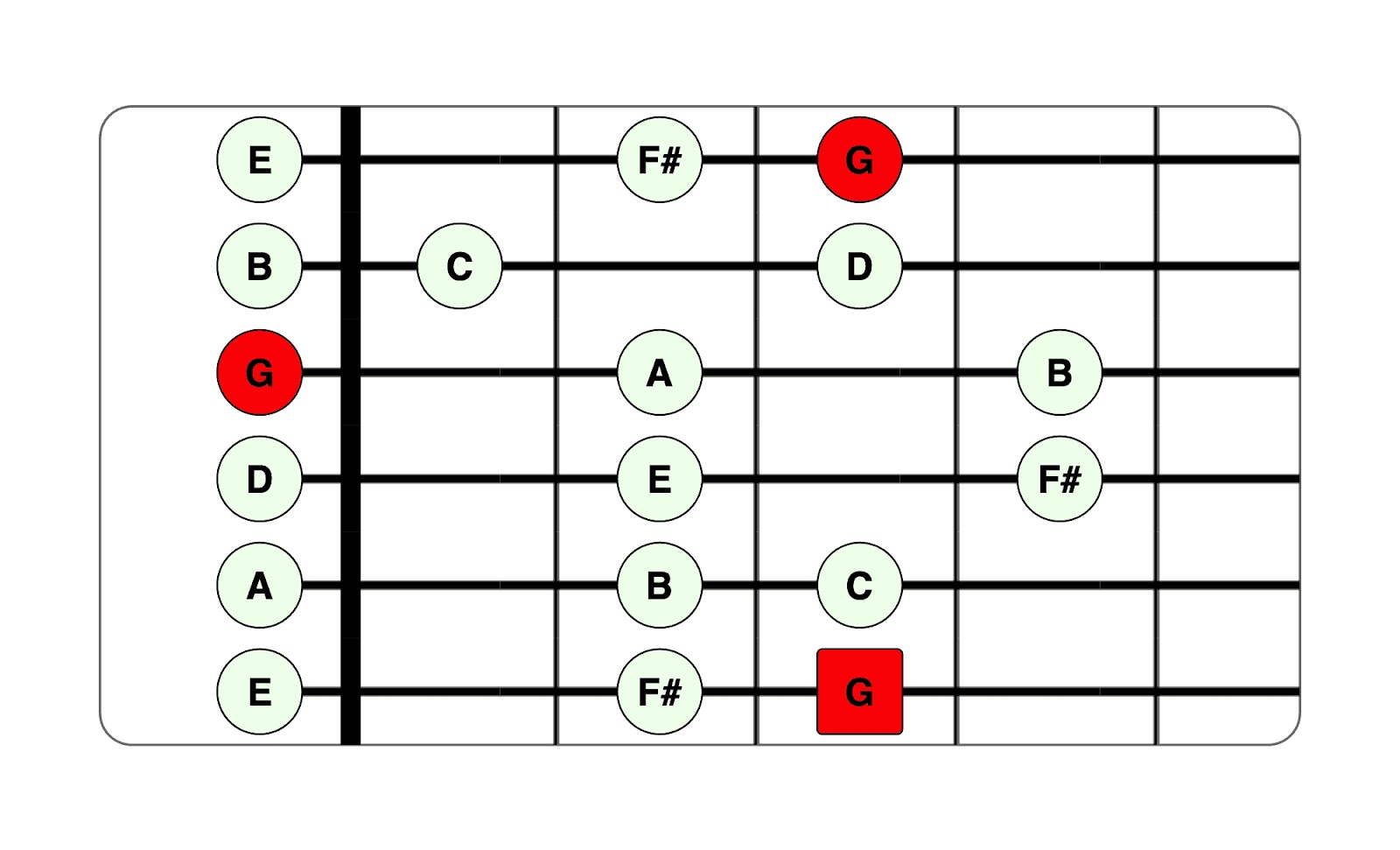Concept Of Major & Minor Scale
To create a major scale, you start on a given note (the tonic or the root note) and apply the whole and half step intervals according to the formula.
Let's take the C major scale as an example:
- Start on C.
- Move up a whole step to D.
- Move up another whole step to E.
- Move up a half step to F.
- Move up a whole step to G.
- Move up another whole step to A.
- Move up a whole step to B.
- Finally, move up a half step to complete the scale back at C.
So, for C major scale:
C, D, E, F, G, A, B, C
Here's a breakdown of the formula:
Whole (W): This interval represents a whole step, which is the distance of two semitones on the piano or guitar, or two frets on a stringed instrument.
Half (H): This interval represents a half step, which is the distance of one semitone on the piano or guitar, or one fret on a stringed instrument.
Whole, Half, Whole, Whole, Half, Whole, Whole
Here's a breakdown of the formula:
Whole (W): This interval represents a whole step, which is the distance of two semitones on the piano or guitar, or two frets on a stringed instrument.
Half (H): This interval represents a half step, which is the distance of one semitone on the piano or guitar, or one fret on a stringed instrument.
To create a natural minor scale, you start on a given note (the tonic or the root note) and apply the whole and half step intervals according to the formula.
Let's take the A natural minor scale as an example:
- Start on A.
- Move up a whole step to B.
- Move up a half step to C.
- Move up a whole step to D.
- Move up a whole step to E.
- Move up a half step to F.
- Move up a whole step to G.
- Finally, move up a whole step to complete the scale back at A.
So, for A natural minor scale:
A, B, C, D, E, F, G, A
Major to Minor
[ The 6th note of the major scale will always be the minor note.]
Minor to major
[ The 3rd note of the Minor scale will always be the Major note.]








.webp)
Comments
Post a Comment